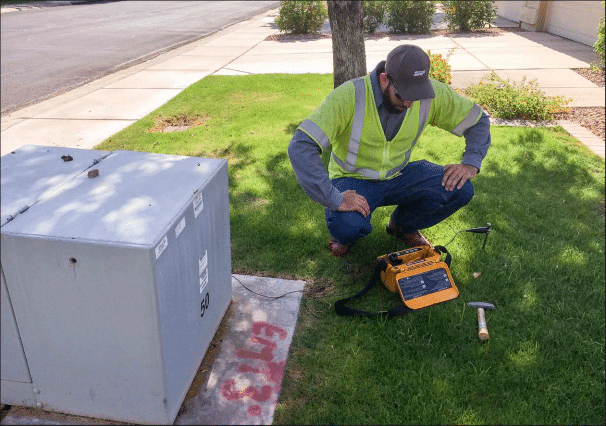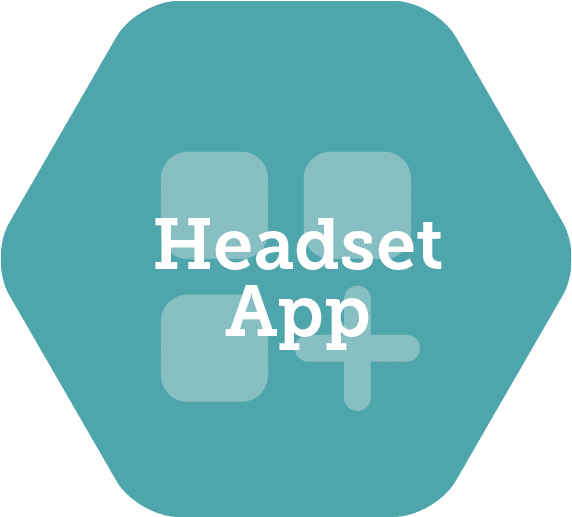Working in the utilities sector can come with many risks – working at great heights, navigating power plants, and dealing with high-voltage equipment to name a few. Due to the nature of this work, utility training in a traditional classroom setting limits a trainee’s ability to experience exposure to these risks beyond seeing them in a Powerpoint slide or a video. Traditional classroom learning leaves trainees feeling removed from their environment, which leads to greater risk when it’s their turn to put what they’ve learned into their work. With safety being a top priority, training needs to be extremely effective.
Traditional methods of training may have worked in the past, but as demands for increased efficiency and safety grow, training in the utility sector needs an update. The industry is also facing an aging workforce and risks losing essential on-the-job knowledge as more and more employees retire. For these reasons, effective training mediums have become a critical requirement in equipping the next generation of employees as they enter the workforce. These employees need innovative training, which no longer means putting a video on a Powerpoint slide.
Enter utility training in VR. It is a place where your employees can feel confident before they head to a substation, a power plant, or on the field. Immersing employees in a simulated environment can increase knowledge retention and ensure employees can safely perform their job while limiting the risk of injuries or fatalities.
Companies such as General Electric Co., Duke Energy, and SRP have already realized the benefits of utilities training in VR. With VR training, resources such as time, money, and people can be kept where they’re needed most – on the field. This modality allows employees to practice essential procedures and make mistakes without risking their own lives. Having the opportunity to fail safely means more confident employees who understand how to react when unexpected situations arise in the real world. Situational awareness and responsiveness of employees mean a safer work environment with fewer workplace injuries.
Our Work with Salt River Project

Salt River Project (SRP) is one of Arizona’s largest utility companies, supplying water and power to over 2 million people in the state. SRP was looking for a way to innovate their training program after realizing the way training was currently being conducted missed the elements of full immersion.
After a competitive RFP process, Motive was selected as the vendor to lead SRP to a new way of training. The Motive VR Training Platform was chosen as it allowed SRP the flexibility of scaling their training through the ability to easily edit their training content after it was created. This was critical to their success as processes continuously improved and regulations are likely to continue changing.
SRP put forward the use case requiring employees to train in locating underground utilities. Utility location can be especially hazardous when on busy roadways with unpredictable traffic. SRP wanted to expose employees to these risks in a virtual world prior to experiencing them on the job, meaning employees would be more confident in reacting to these scenarios on the field.
Together, Motive and SRP created training scenarios that spanned increasing difficulty, including a VR onboarding module and both teach and test modes for two lane residential traffic, four lane moderate traffic, and six lane high traffic experiences. Teach mode allowed trainees to learn the steps required to successfully complete the module, and once ready, they were able to put their own skills to the test in a virtual setting. Trainees could fail safely without risking their lives. With the ability to assess progress, the trainers now had the opportunity to understand where employees needed more assistance.
Utility Training with VR Training 2.0
Motive introduces the utilities industry to VR training 2.0, a better way of doing VR training. Old ways of doing VR training were made difficult by requiring constant back and forth between training teams and developers to edit and add VR training content. This continuous back and forth often leads to long waits, and it turns organizations off from the thought of bringing in technology that seems too complicated into their training program.
VR training 2.0 gives training teams back control over their training, and allows them to easily create, edit, and deploy their VR training content. By using a codeless, drag and drop, web-based authoring tool, the power is put back in the hands of training teams who know their training content best. Changes are made simply and deployed to headsets with a few clicks. Over the long term, both time and money are saved without sacrificing the effectiveness of employees’ work. Thanks to VR training 2.0, what used to take years has been reduced to weeks.
In an industry where employees are exposed to a high amount of potential danger, failing safely prior to being put on the job is a necessity. Luckily, VR training enables employees to practice and test their skills in a risk-free environment, and VR training 2.0 provides an opportunity for organizations to facilitate better training for their employees.
Want to learn more about VR training and how to get started?
Download our guide: VR Training Information and Decision Making Guide.
Latest Posts
Stay in the Know
Want to stay up-to-date with what is going on in the world of immersive training? Subscribe to the Motive Blog.
Ready to revolutionize your training program?
We’re ready to show you how seamlessly you can create, edit and deploy VR training modules. Our team is standing by to help you revolutionize your training program.





